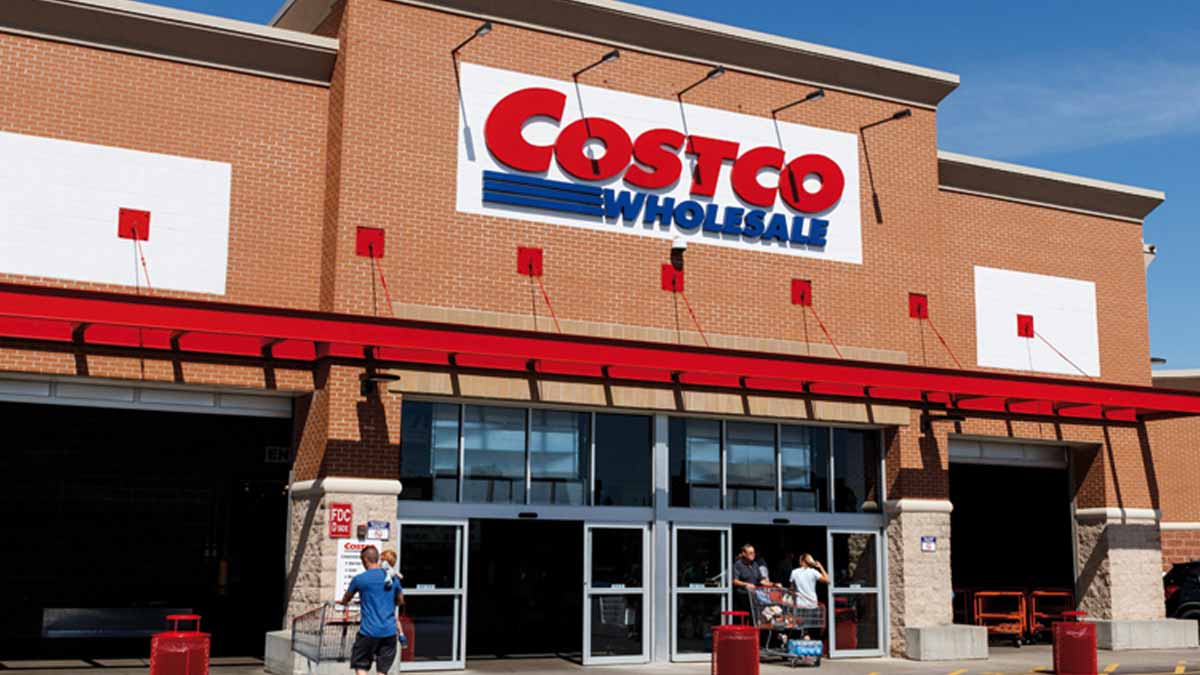The new Costco policy overhaul is here, and the aisles already feel different. Early birds won’t all catch the same worm anymore. Membership now shapes your morning, and the experience hits differently. Let’s talk about what changes and how to make it work.
Early access, new rules
Costco is tightening the rope on early shopping, and you can feel it. Weekday doors open at nine for Executive Members. Everyone else waits until ten, coffee in hand, cart at the ready. That single hour reshapes routines in quiet, frustrating ways. Parking is easier for some, patience becomes a skill for others. The change isn’t new on paper, only stricter in practice now. Stores allowed grace through summer as teams adjusted and customers learned. That grace closed with Labor Day, and the lines redrew overnight. Shoppers are learning what the Costco policy overhaul means at the door. Arrive early, or rethink the whole errand.
Your plan may hinge on work schedules, naps, or the school run. This hour lands right on those delicate gears. It feels calculated, and it is. Costco promised a perk, and now it delivers with a bouncer. Staff will check cards at the entrance with a firmer script. Expect gentle refusals followed by clear directions. Some will grumble; most will adapt within weeks. Shoppers always find a rhythm.
Costco policy overhaul
At the center sits membership math. Executive costs $120 a year, double the Gold Star fee. Executive members also collect two percent back on most purchases. Add partner discounts on services, and the package feels fuller. Now comes early entry, the perk you can feel immediately. This is the Costco policy overhaul made visible and tangible. For some, the hour is priceless. For others, it reads like a paywall on milk and rotisserie chickens.
Both feelings are real, and both shape behavior. Upgrades rise when access feels scarce. Retail plays this game often, and shoppers learn to play back. Some will split households, one Executive, one standard card. Some will time visits to the minute and skip the upsell.
Costco watches the numbers and tunes the policy again if needed. The perk also reframes brand loyalty in a measurable way. You feel the value every minute you aren’t waiting. That feeling sells upgrades better than banners. It’s practical psychology with price tags attached. Some will call it smart; some will call it greedy.
Why early access matters
That quiet hour feels luxurious because it removes friction. Parking lots breathe, aisles widen, and inventory lasts more than a blink. If you run a business, minutes matter during morning deliveries. If you juggle school drop-offs, calm aisles feel like a gift. From Costco’s view, the perk nudges upgrades without heavy advertising. It turns value into a lived moment, not just a bullet point. The Costco policy overhaul also smooths staffing during early hours. Fewer shoppers mean cleaner checkouts and steadier sampling stations.
Managers can stage pallets and rotate stock without dodging carts. Sometimes operational wins hide inside customer perks. That’s part of the retail dance, and it usually works. The question is whether the hour pushes loyalty forward or sideways. If upgrades hold, expect wider testing in more districts. If they stall, expect tweaks and softer edges.
Either way, the rhythm of mornings has changed. Shoppers will adapt, as they always do. Morning energy spreads across departments when aisles stay light. Bakery racks roll quicker, and samples land on time. Photo counters answer questions without a queue forming behind you. The rhythm helps employees breathe, which helps customers smile. Little wins add up by noon.
Customers weigh in
Walk any warehouse and you’ll hear both sides. A retiree swears the early hour heals her patience. A contractor calls it unfair to small crews on tight timelines. Parents defend the perk when nap windows rule their day. Students on budgets say the doors should open to everyone equally. Social feeds echo that split, sometimes with sharp edges. Community boards trade tips, not just complaints.
Shop at ten thirty, and the rush thins nicely. Go after lunch, and produce sections look calmer. Ask a manager about quiet lanes, and you’ll learn patterns fast. The Costco policy overhaul sits in the background of every suggestion. It shapes when people shop, and why they change routines.
The feeling underneath is simple: please don’t waste my time. Any brand that protects time earns trust. One shopper said the early hour rescued her sanity during holidays. Another said he refuses to pay more on principle. Both walked out with paper towels and mixed feelings. Some debates will fade as the routine normalizes. Others will flare during seasonal shortages and hot-ticket releases.
Your best moves now
If you don’t want to upgrade, you still have options. Aim for midweek afternoons when fleets of carts disappear. Check local traffic on your store’s app, and plan around peaks. Use same-day delivery for pantry staples and skip the parking lot. Let big hauls wait for quieter windows. Coordinate with a friend and split lines during seasonal frenzies. Ask a supervisor about the calmest hour; every warehouse has one. If your mornings are sacred, weigh the upgrade honestly. Add the two percent back, and do a quick household math.
Remember, you can downgrade later without losing sleep. The Costco policy overhaul will keep evolving, as all retail policies do. What matters most is shopping on your terms, not someone else’s. Less rush, more intention, and a cart that matches your list. That’s the real win, membership tier aside.
Power shoppers map the store like a marathon route. They start at produce, swing by meat, then hit paper goods. You can borrow that playbook and shave minutes easily. If lines stack, pivot to pharmacy or books until lanes clear. Small pivots keep trips light and your mood lighter.
